5 days cruise yacht Aqua – B5
Route B5 (Fri - Tues): Central Northern Galapagos Islands
- 5 days
- 1-16
Highlights of the tour
- Galapagos Penguins
- Black sand beach on Santiago
- Green sea turtles
- Red sand beach on Rabida
Overview
Embark on an unforgettable 5-day cruise through the stunning central and northern Galápagos Islands aboard the luxurious yacht Aqua with the Galápagos Islands cruise yacht.
This exceptional journey offers a unique opportunity to immerse yourself in the unparalleled beauty and biodiversity of this remarkable archipelago.
As you sail from one breathtaking island to another, you will have the chance to observe the extraordinary wildlife that has made the Galápagos famous. Keep your eyes peeled for the charming Galápagos penguins darting through the water, majestic brown pelicans gliding overhead, and the iconic frigate birds showcasing their striking red throat pouches. Each day brings new adventures, allowing you to witness these animals in their natural habitat while learning about their fascinating behaviors from knowledgeable guides.
In addition to wildlife watching, the cruise offers ample time for relaxation and leisure. Dive into the crystal-clear waters for snorkeling adventures, where vibrant marine life awaits. Swim alongside sea turtles, colorful fish, and perhaps even the playful sea lions that inhabit these waters.
Onboard the Aqua, you’ll find all the amenities designed to ensure your comfort and well-being. Enjoy a refreshing drink at the bar, soak up the sun on the spacious deck, and unwind in your cozy cabin after a day filled with exploration. The attentive crew is dedicated to providing a memorable experience, catering to your every need as you navigate this extraordinary paradise.
With its stunning landscapes, unique wildlife, and luxurious accommodations, this 5-day cruise through the Galápagos Islands promises an adventure of a lifetime. Don’t miss this opportunity to connect with nature and create lasting memories in one of the world’s most enchanting destinations.
Itinerary
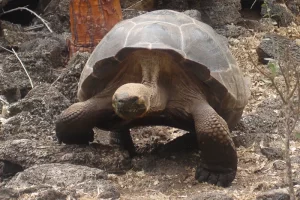
Furthermore, your TCC (transit control card) will be stamped. This must be kept in a safe place during your trip, as it must be presented again on your return flight. If you have not already paid the Galapagos National Park entrance fee (US$ 200), you will have to pay it upon arrival. Your guide will meet you at the airport, help you with your luggage, and will accompany you on the short bus ride to your hotel in Puerto Ayora.
Afternoon – Fausto Llerena Breeding Center (Santa Cruz): At the Fausto Llerena Breeding Center, you will have the opportunity to take amazing photos of the turtles! The tour starts at the GNP information booth. The trail continues to the Van Straelen Interpretive Center, the breeding center, and from there a path will take you to see the Española Island turtles, ending at the turtle exhibit enclosure. The turtles of this enclosure are used to people; it is an excellent place to be photographed with them!
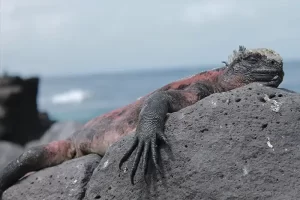
The short trail crosses the coastal vegetation zone as well as the slightly higher dry zone with endangered tropical dry forest. In the warm and humid season in the first half of the year, everything turns green.
Evergreen giant prickly pear cacti with internal reservoirs chose a different survival tactic in this dry climate than the leaf-dropping palo santo trees; in the end, both were successful. It’s also a very photogenic place, with stunning panoramas across the bay and onto a fascinating, steep volcanic spout of red lava that overlooks the area. Dragon Hill has become popular for its salty lagoons behind the beach; these contain seaweed and shrimp and attract seasonal foraging American flamingos. Dragon Hill is the best place on Santa Cruz to see them.
Afternoon – Sullivan Bay: Arriving at Sullivan Bay is like landing on the moon. The desolate, sprawling fields seem mostly lifeless, but this island, especially popular with photographers, still offers plenty to see. There is even life! Green sea turtles burrow into the small white sandy beach, where you can also find crabs, blue herons and oystercatchers.
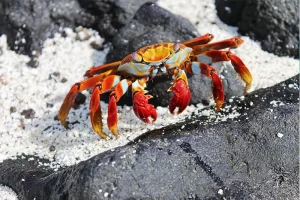
Afternoon – Chinese Hat: Chinese Hat is a 52 meter high volcanic cone that forms another small island out of the rocky coast of Santiago, where a small colony of Galapagos penguins has settled. Because its pri-mordial fire went out quite recently, this place is perfect for learning about volcanism, lava bombs and lava tunnels. On the beach, you can also discover pillow lava with coral on top. This area was originally underwater before it was raised above sea level. Beaches of white coral sand grow and the holes in the eroding lava fields are filled in with lava sand.
Galapagos sea lions and marine lizards contribute to the fertility of the soil. All together, they create more beneficial options for pioneer plants such as saltbush and the staining sesuvium carpet.
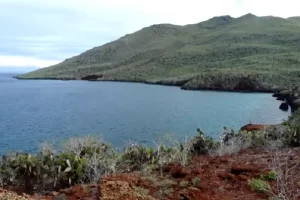
Afternoon – Bartolomé: The beautiful volcanic island of Bartolomé is one of the youngest islands and, in geological terms, was only recently formed out of fire. Even though lifeless at first sight, Bartolomé offers some of the wildest landscapes and the best panoramic views of the entire archipelago. To enjoy the postcard view of idyllic ‘Pinnacle Bay’, you must climb the stairs to the island lookout (114m/375ft). Enter a dramatic world of intimidating (albeit extinct) nearby spatter cones, cra-ters and light lava drops spewed by fiery fountains. The Summit Trail is also ideal for watching sparse pioneer vegetation, such as lava cactus, struggle to take root in the bare, untouched lava fields.
Morning – Mosquera: Mosquera is located in the middle of the Itabaca Channel, between Baltra and North Seymour. Mosquera offers beautiful white coral sand and simplifies the landing unlike their neighbors Seymour and Baltra with their rocky coastline. The Galapagos sea lions are real beach lovers. These flink fishermen come through the Itabaca Channel, which is a natural trap for marine life due to the submerged elevation between Baltra and Santa Cruz. Here you will have time to snorkel or take a walk on the beach. Among the rocks, red cliff crabs are waiting to play hide and seek while you try to snap the perfect photo. If you’re lucky, you might even see crab egrets or even a red-footed booby.
After this excursion, you will be transferred to the airport and say goodbye to the guide and crew!
- Included services
- Not included services
Hints
Ask us for children or group discount.
Price not valid for Christmas and New Years´s Eve departures.
All prices are subject to change if local tax increases or other circumstances beyond our control occur.
The itinerary is subject to change at any time due to circumstances beyond our control.
In order to rent a wetsuit, we will need your clothing size (S/M/L/XL) before your arrival in Galapagos. Standard wetsuits with a thickness of 3 mm are rented.
Travel Insurance:
To protect your travel investment, we highly recommend the purchase of travel insurance. Travel insurance is intended to cover medical expenses, trip interruption and cancellation, theft and other losses incurred while traveling domestically or internationally.
Visa and Entry Requirements:
Ecuador requires a valid passport (with a minimum 6 months validity). Contact your local embassy or consulate for the most up-to-date visa requirements.
Other interesting cruises
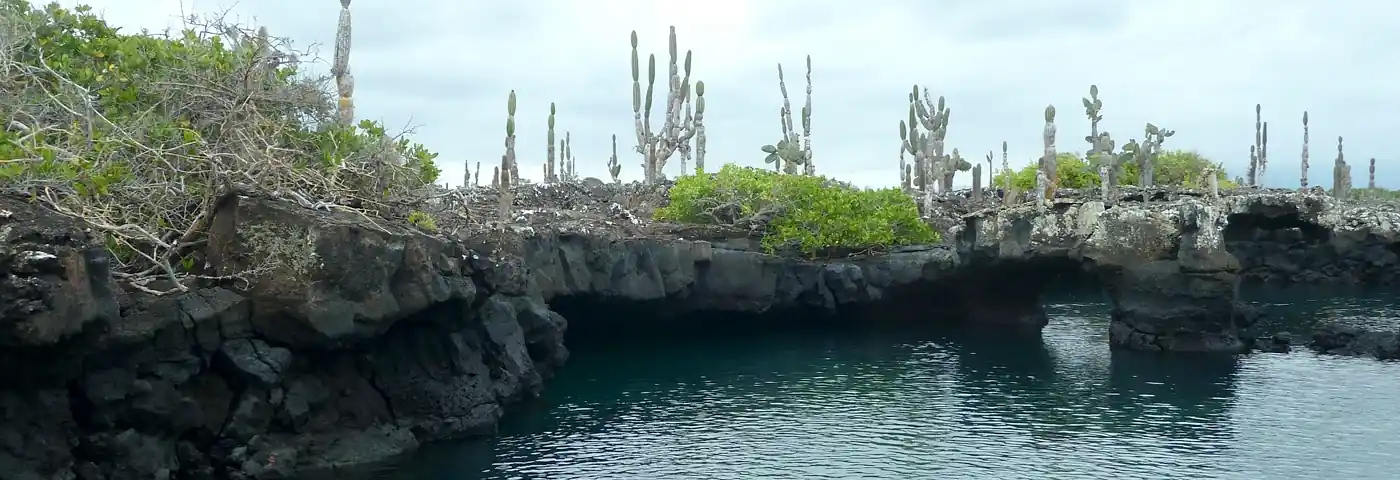
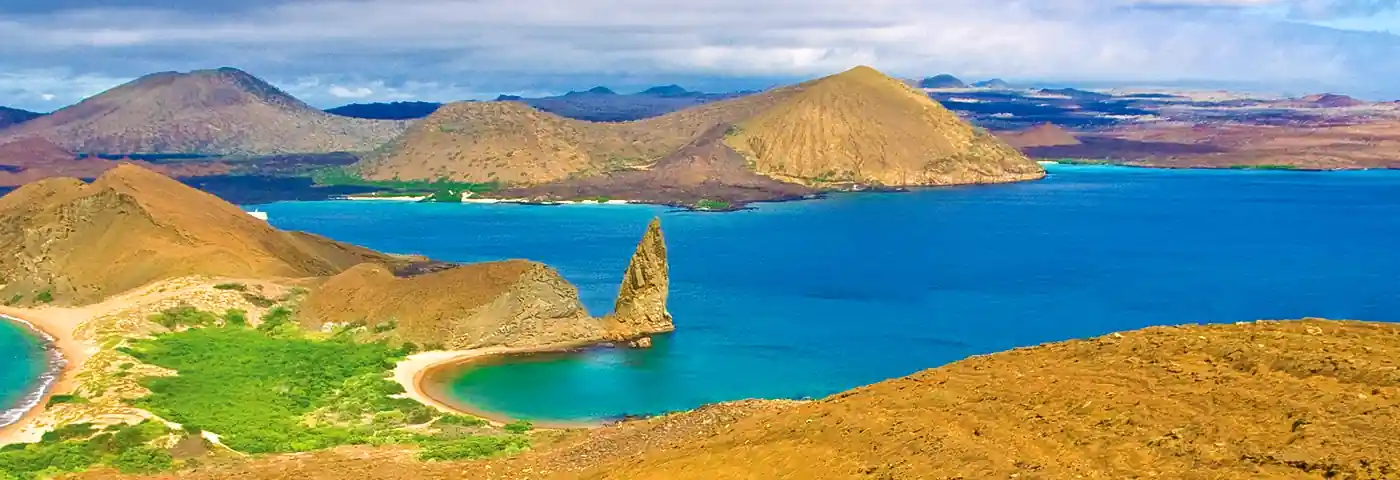
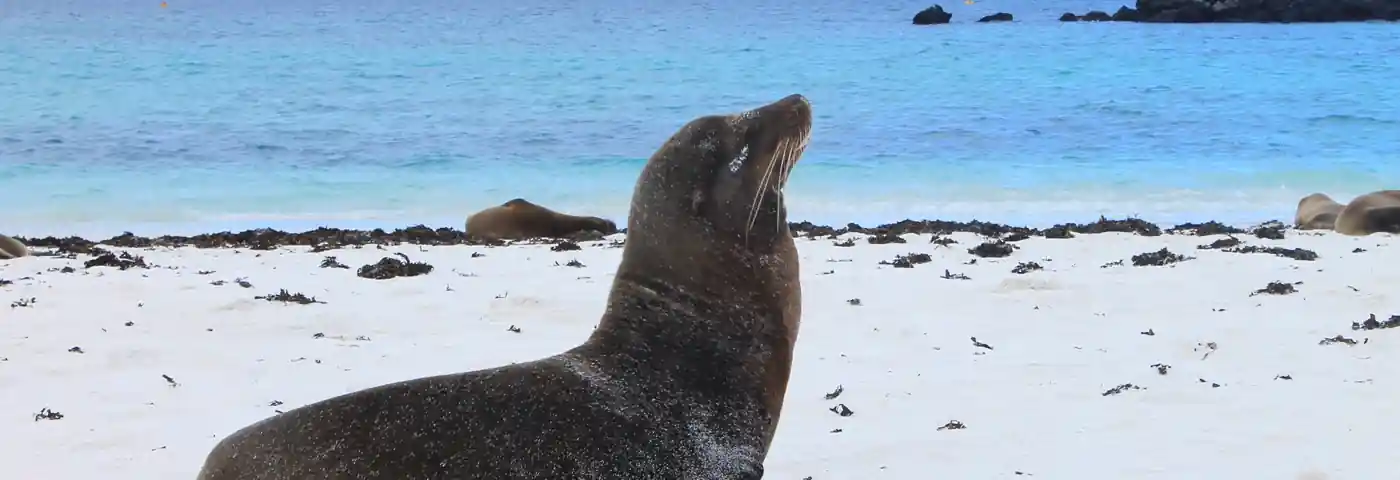
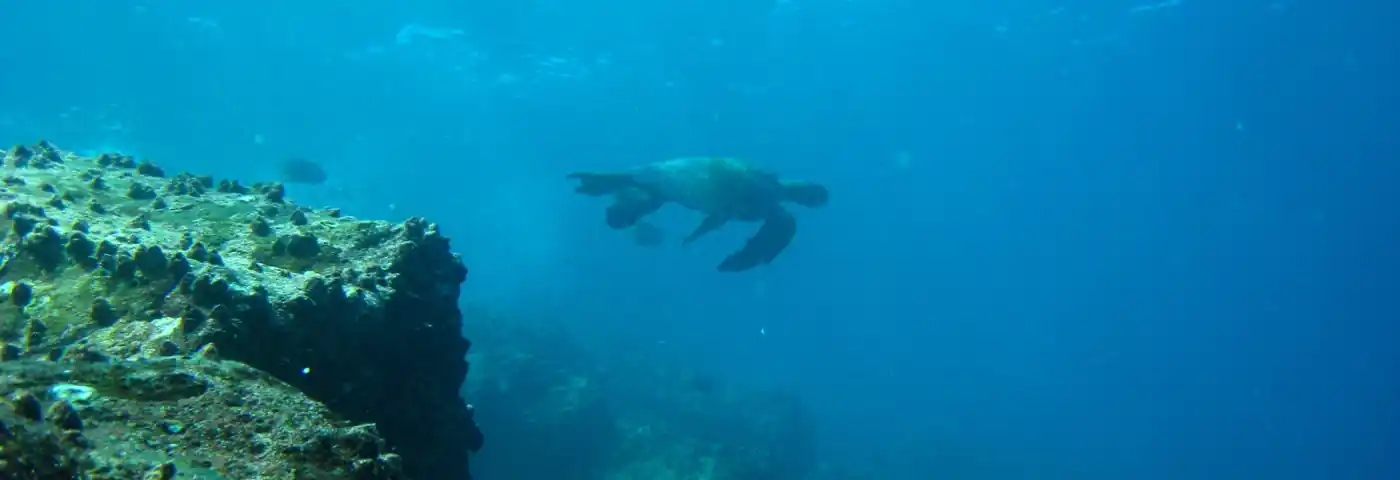

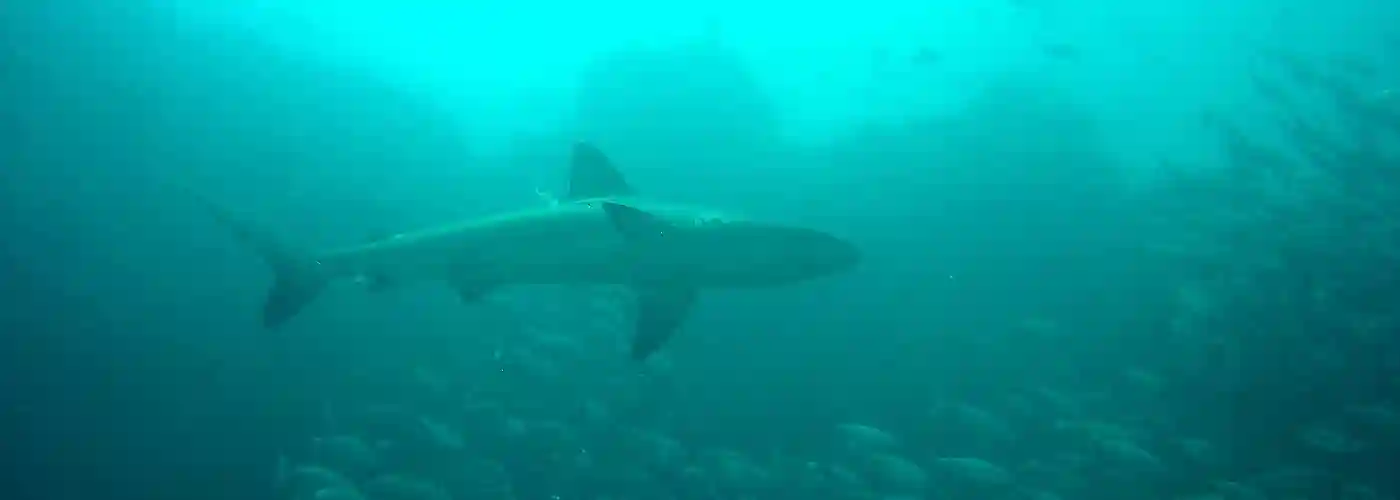
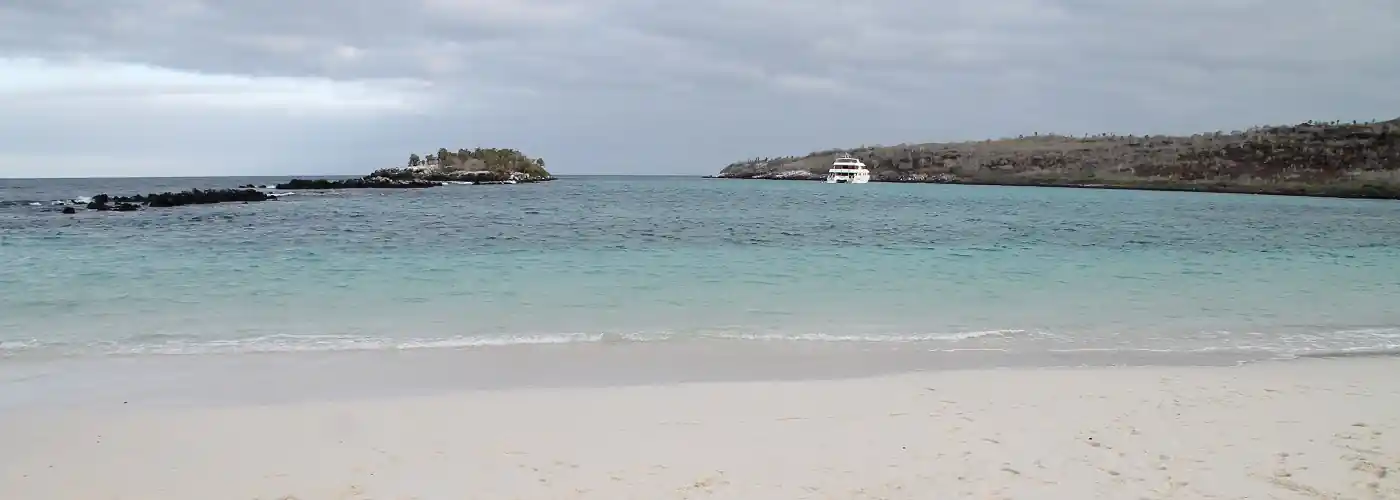
- 8 days
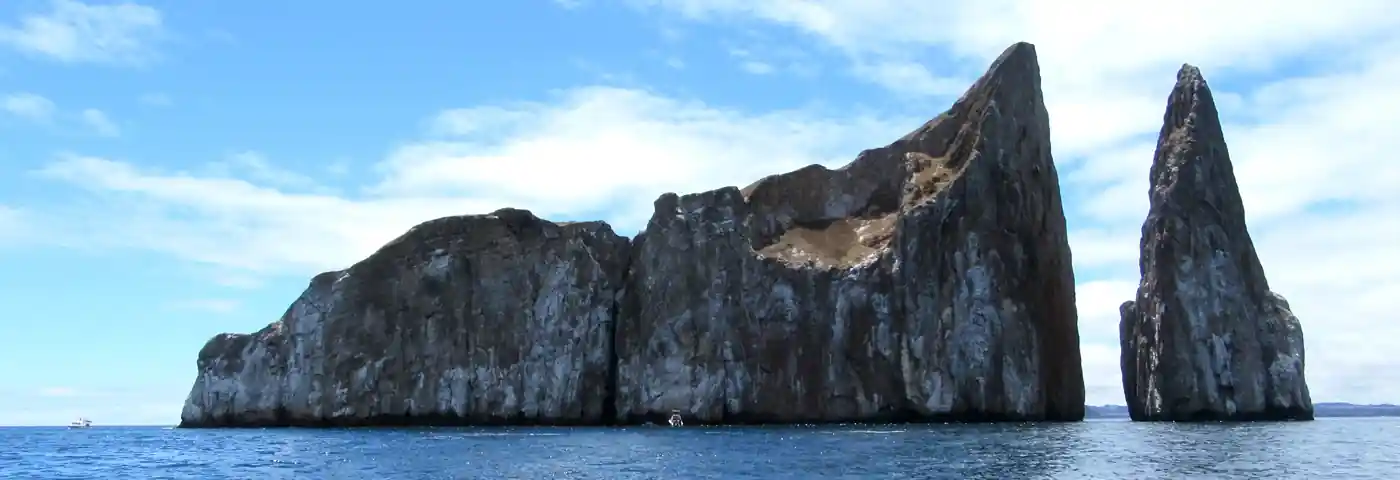
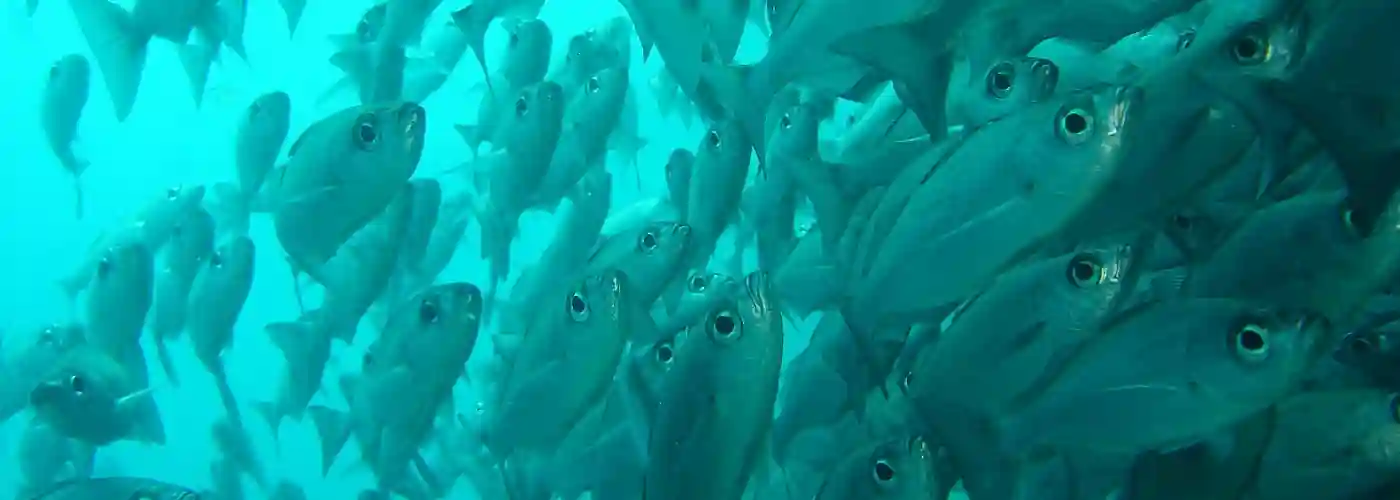
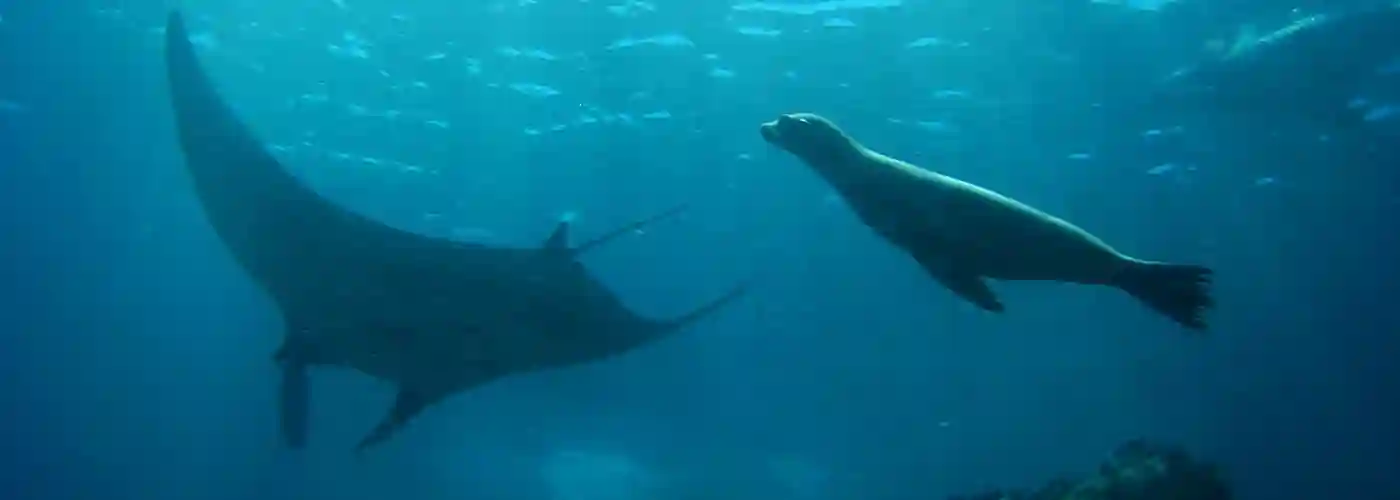

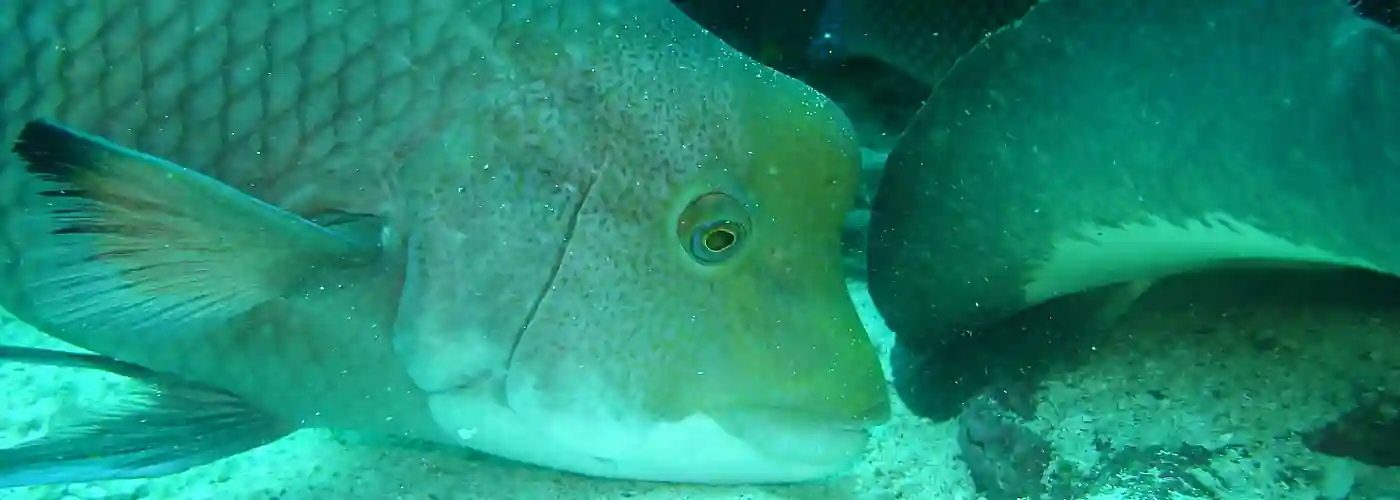

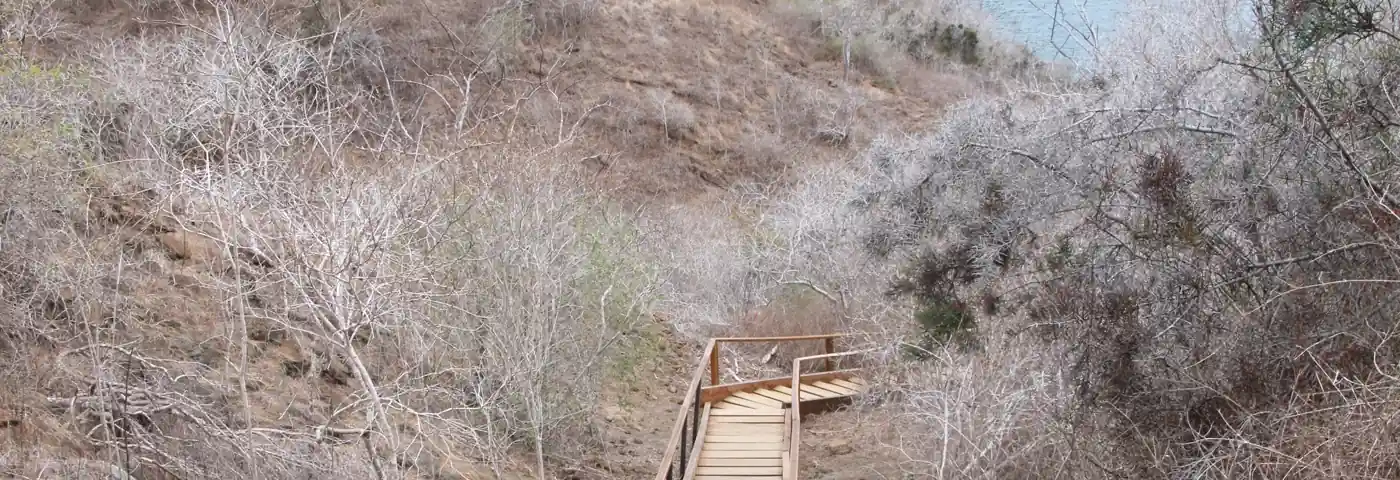
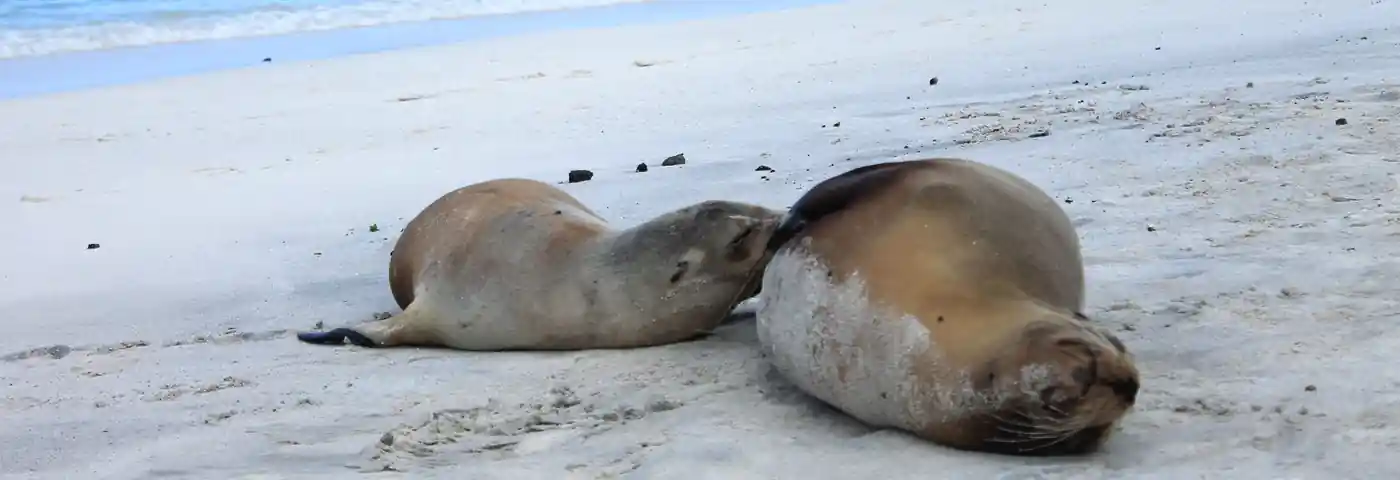
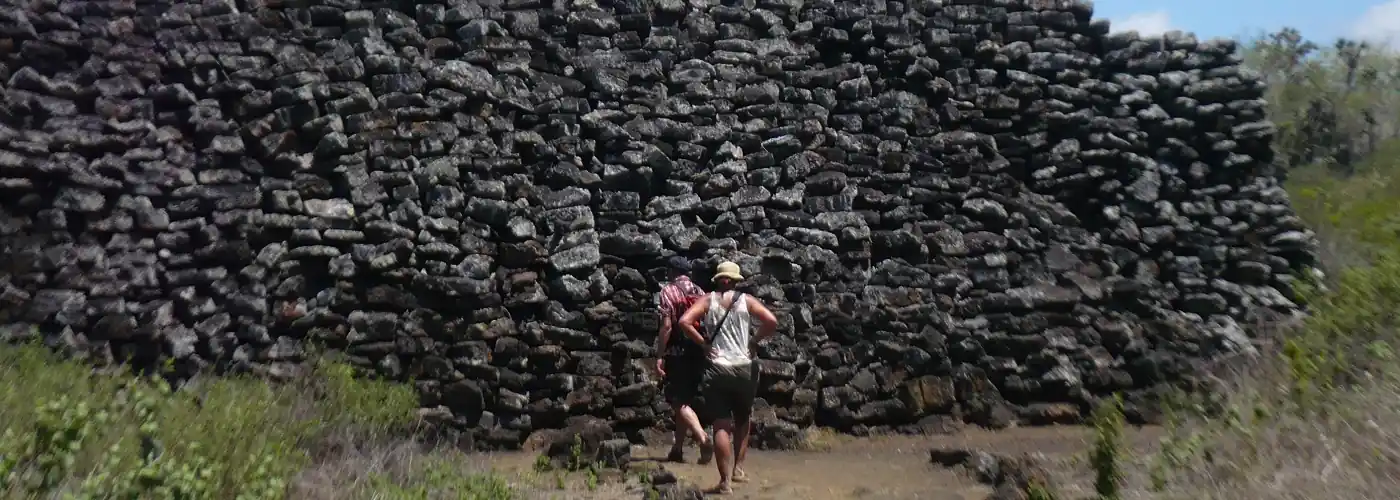
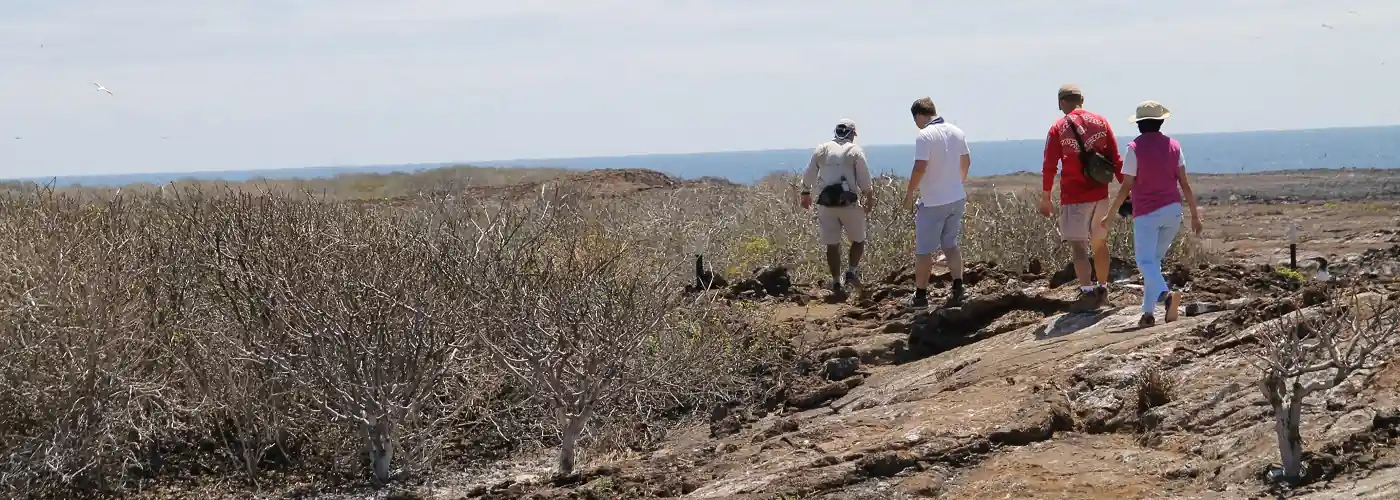
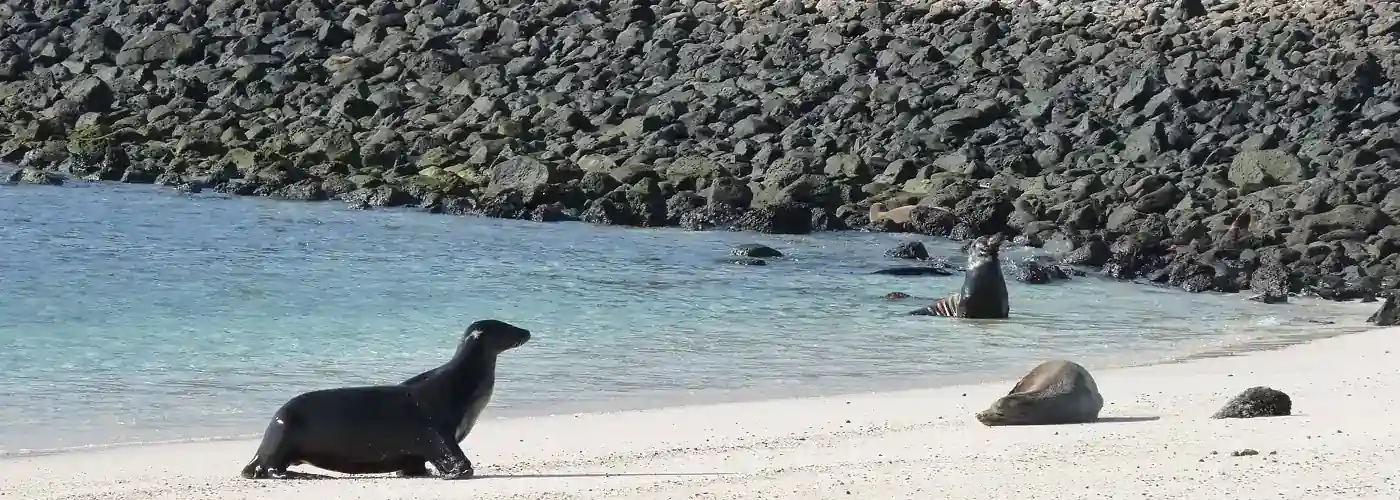

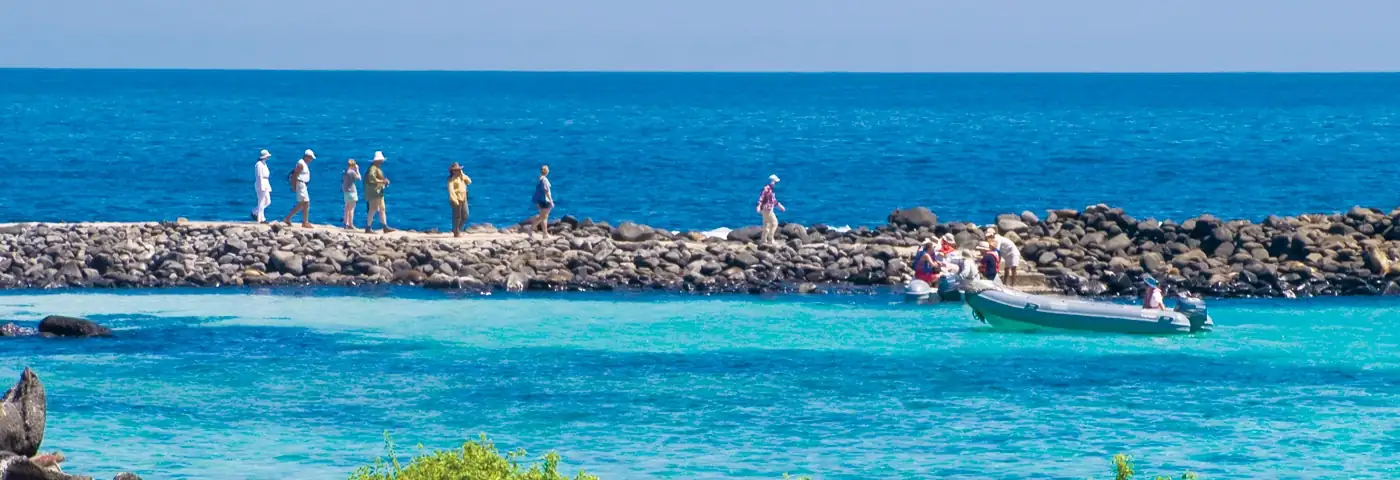
5 days cruise yacht Aqua – B5
From US$ 2060 p.p.
Get in touch:

Dayana Arias Leon
- +593 (0)2 2194333
- hello@soleq.travel
